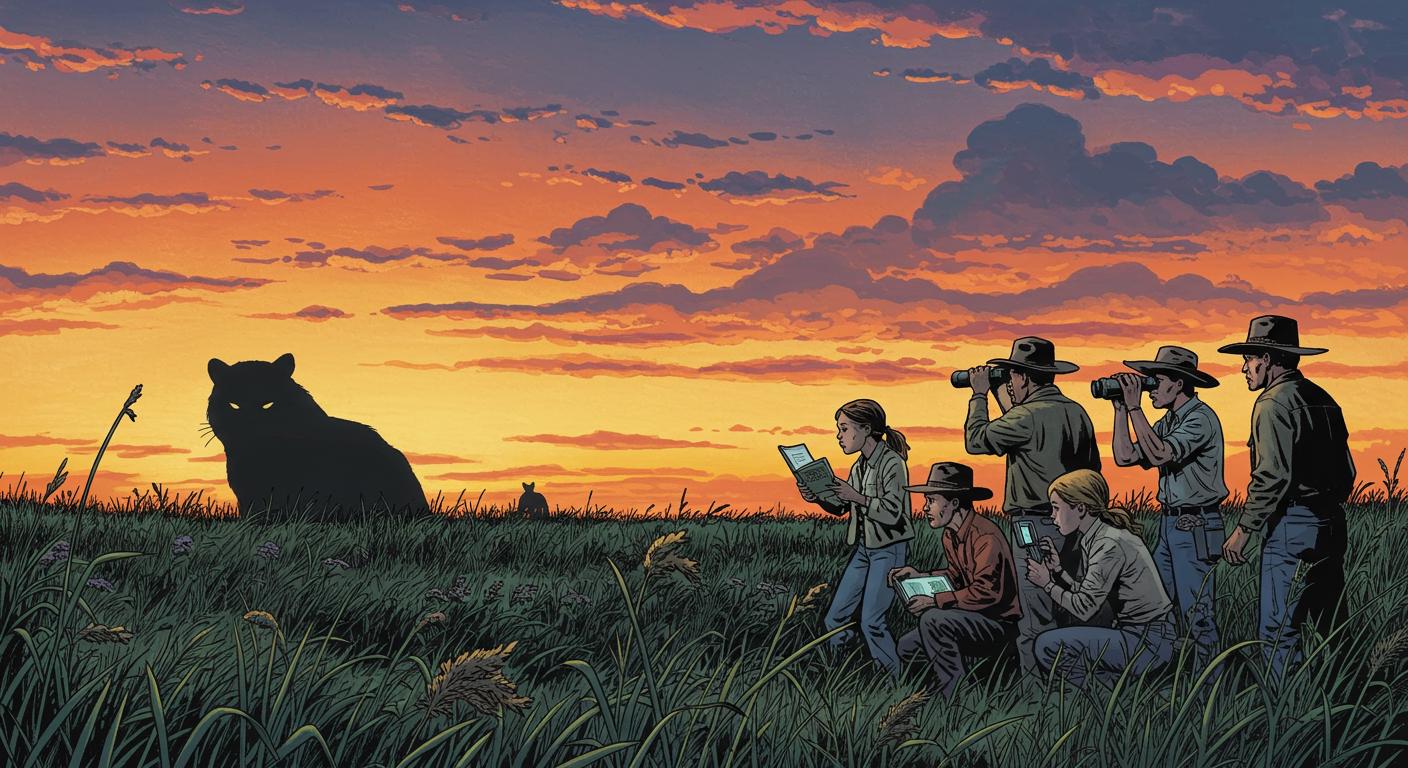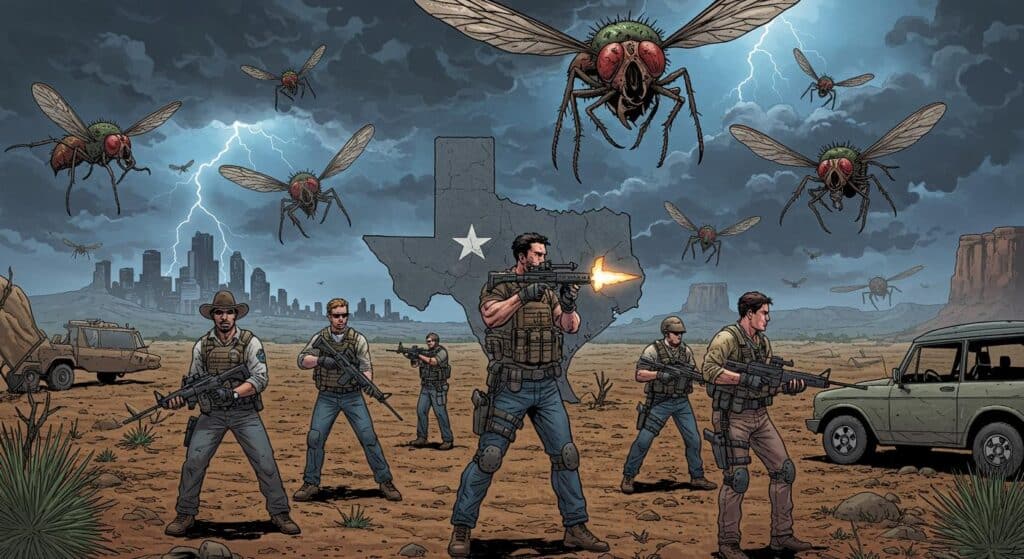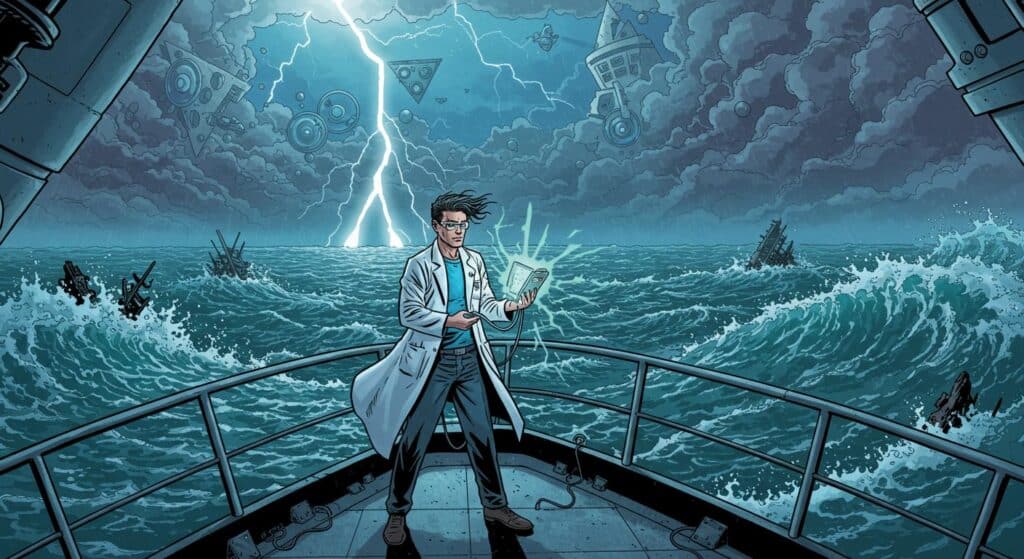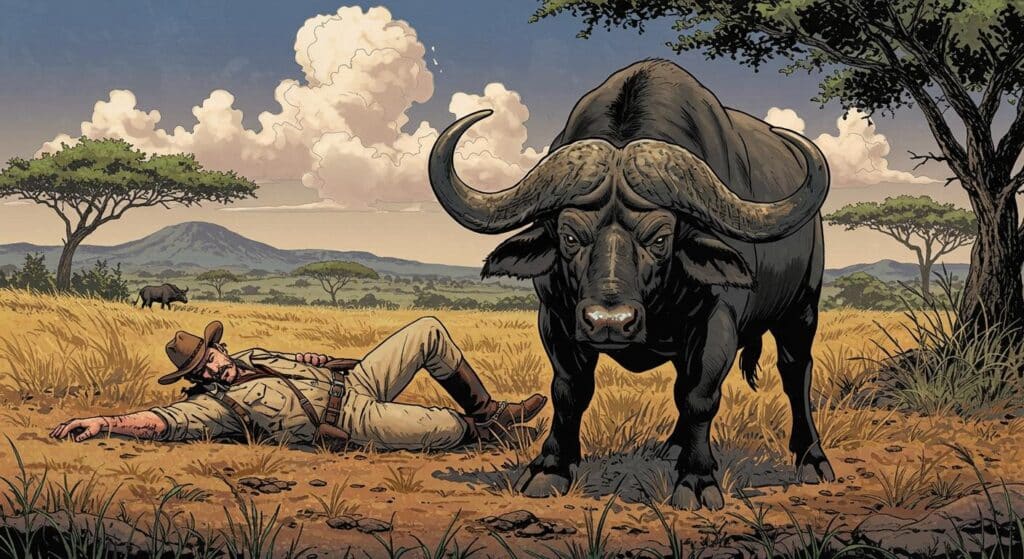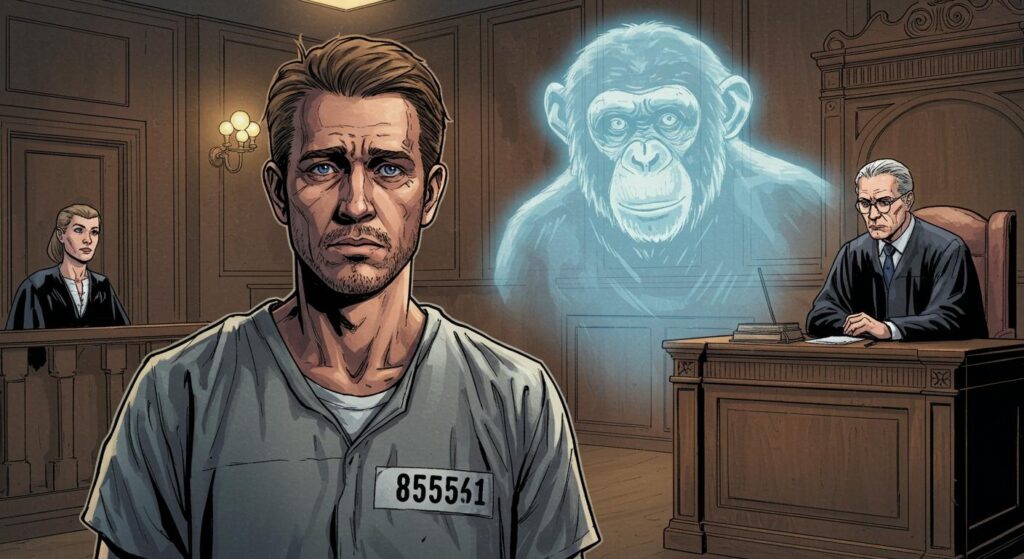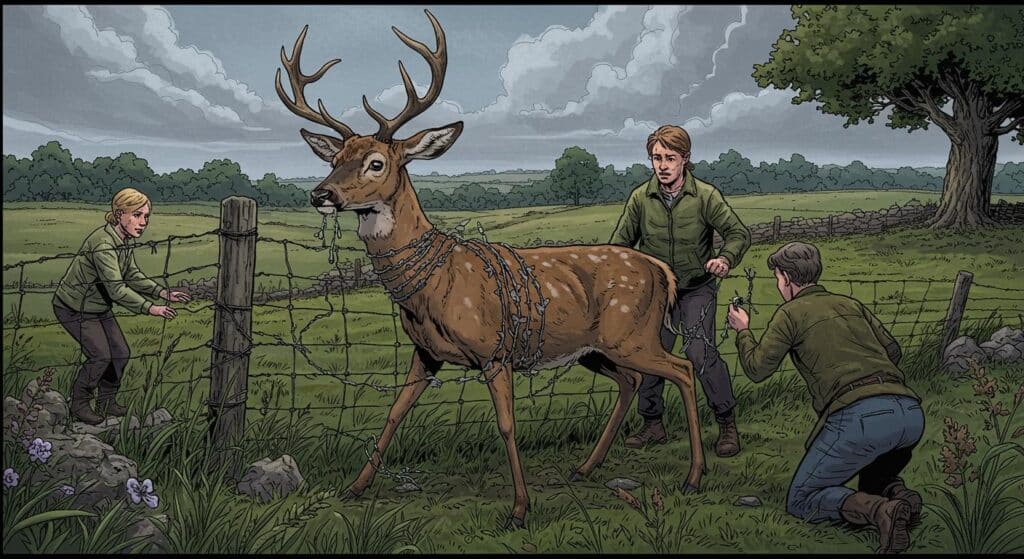If you’ve ever spent a restless night falling down the rabbit hole of blurry-trail-cam Bigfoot sightings and ambiguous “mystery creature” photos, you’ll feel right at home with this recent saga out of Shawnee Heights, Kansas. As documented in a UPI report, a local resident captured an indistinct animal in their driveway last Saturday, and their own quick Google Images search nudged them toward “black bear” as a possibility. From there, as these things often do, the rumor grew legs well before the animal was confirmed to have any.
A Wildlife Rorschach Test
UPI details that speculation first settled on a bear, but local zoo professionals immediately cast doubt on the idea. Tracey Henderson, the Topeka Zoo’s northern carnivore keeper, told WIBW-TV the odds of a bear in that part of Kansas are “almost zero,” adding that she’d expect bear sightings only near the Colorado border, if anywhere. Dennis Dinwiddie, the zoo’s conservation director, offered another reality check: bears—cubs included—should be “significantly larger than that photograph.” In a detail highlighted by the outlet, Dinwiddie also noted that black bears aren’t native to Kansas, with the last credible sighting occurring in 2021, much further south than Shawnee Heights.
Why does every shadowy figure lumbering across a suburban driveway get promoted to bear status? UPI’s reporting hints at a blend of wishful thinking, unfamiliarity, and perhaps a touch of local wildlife folklore. People so rarely get the chance to see bears in the region that every dark, low-slung creature achieves almost mythic status. It’s understandable—after all, how many people hope for a legendary sighting instead of a routine raccoon?
Enter the Raccoon—and a Mangy Precedent
UPI cites Matt Peek, a biologist with Kansas Wildlife and Parks, as someone willing to go on record with a less dramatic identification: “This is a raccoon.” Peek’s call isn’t baseless. In an interesting parallel that the outlet explores, Colorado officials tackled a similar driveway conundrum just months earlier. In Pueblo, a mystery animal captured on video was initially suspected to be something exotic, but after reviewing the footage, Colorado Parks and Wildlife staff suggested it was probably a raccoon suffering from mange. The agency said, “It’s tough to be 100% sure, but the use of the front paws and the size makes us think it’s a raccoon.” As UPI points out, mange can strip away most of a raccoon’s trademark features, transforming the familiar ringtail bandit into a real puzzle—no wonder residents and even experts sometimes second-guess their IDs.
Blurred Lines: Ordinary Critters in Unfamiliar Guises
As illustrated in UPI’s coverage, a mangy, underfed raccoon suddenly takes on an aura of strangeness. It’s hard to blame anyone for getting it wrong—beyond a certain threshold of blurriness and baldness, almost any animal becomes an exercise in speculation. Toss a phone camera, an overactive imagination, and a ready supply of Google Images into the mix, and your average trash panda is inches from cryptid stardom. Is it just wishful thinking, or do these sightings tap into something deeper—a yearning for a little more wildness at the edge of the patio lights?
It’s intriguing that, despite expertise and photographic evidence, the boundaries between raccoon, coyote, and bear remain fuzzy (sometimes literally). As previously reported within the same UPI article, even wildlife experts look at the same image and walk away with different suspects.
Reflections from the Underbrush
Ultimately, the Kansas driveway mystery joins the long ledger of animal sightings that are equal parts ordinary and uncanny—a sort of neighborhood campfire tale, sourced and recalibrated by experts who gently guide the public back toward raccoons and away from headline-hungry bears. As tracked throughout UPI’s investigation, the disputes aren’t really about the animal itself, but about how we process the unknown in our own backyards. Is it a bear, a raccoon, or something else entirely? Or maybe, more curiously, why do we so often hope for the least likely explanation? There’s a peculiar comfort in wondering, even as the odds quietly stack themselves in favor of the everyday. What sparks that moment we pause, squint at a fuzzy shape, and hope, for just a second, that the world holds something a little stranger than it did yesterday?

